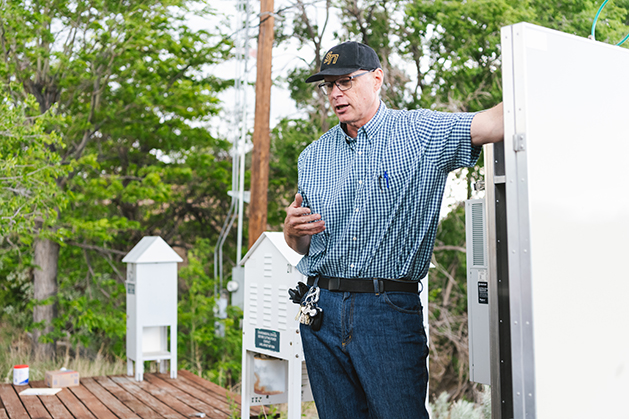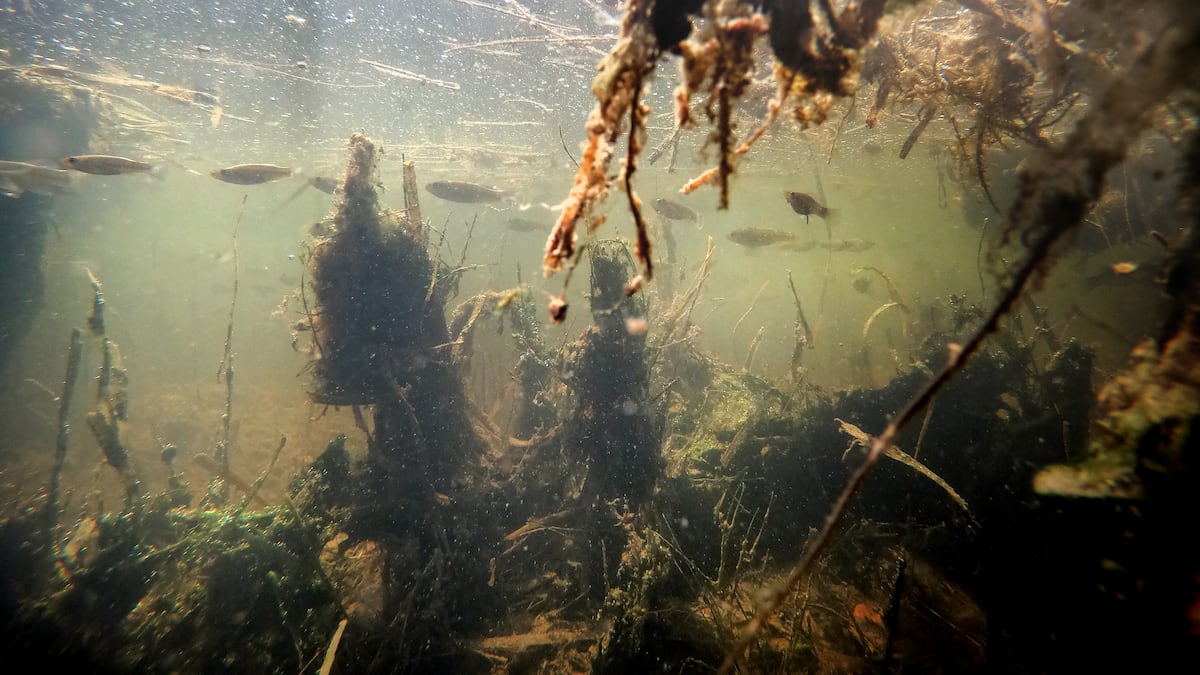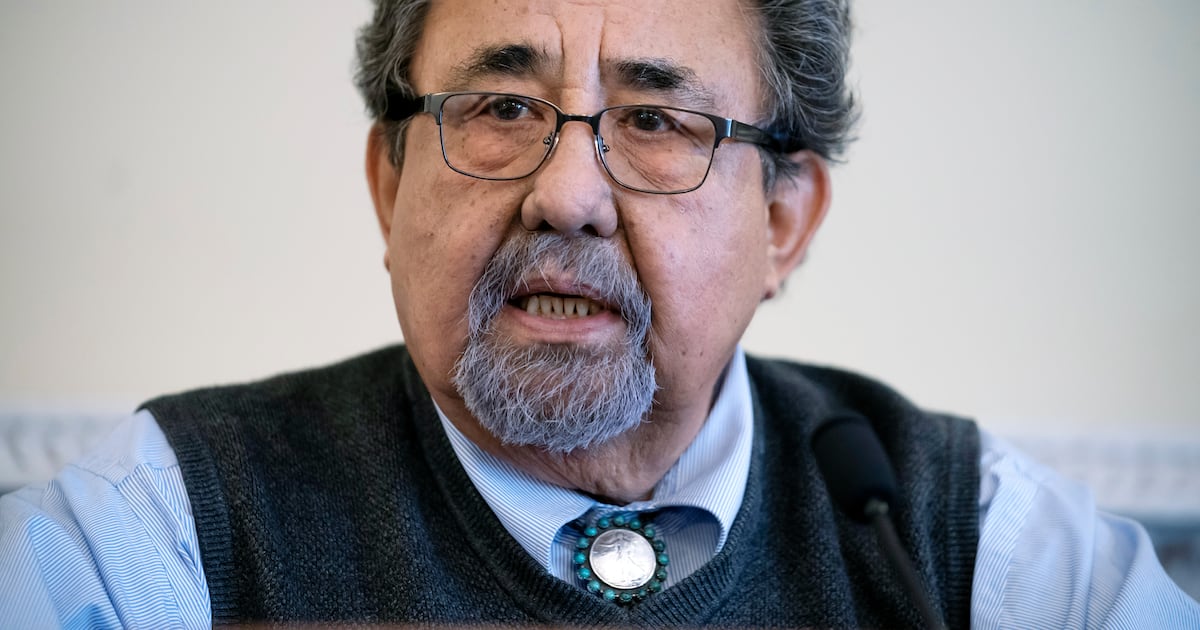Digging Deep: How One Scientist Is Revolutionizing Soil Management in Harsh Dry Landscapes

In the vast, sun-baked landscape of the Texas High Plains, an unexpected scientific discovery is taking root. What might appear to be a challenging, arid environment is actually a treasure trove of insights for researchers studying soil carbon dynamics. This semidesert agroecosystem, with its seemingly inhospitable terrain, is revealing surprising secrets about how carbon interacts with agricultural landscapes.
Scientists are delving deep into the soil, uncovering intricate relationships between land use, climate, and carbon sequestration. The seemingly barren expanses of the Texas High Plains are proving to be a critical laboratory for understanding how agricultural practices can impact carbon storage and environmental sustainability.
Far from being just a dry, unremarkable stretch of land, this region is becoming a focal point for groundbreaking research that could have far-reaching implications for agricultural practices and climate change mitigation strategies. Researchers are meticulously examining how different farming techniques and environmental conditions influence the complex carbon cycles beneath our feet.








